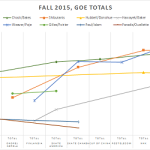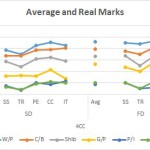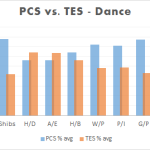
In this PCS series as in all analytical articles, it has generally been TFTI’s aim to provide some deeper insight into the numbers presented — related or not to on-ice performance. But in the matter of Grades of Execution in this first half of the 2015-16 season, our mission may have failed. It should first,…



